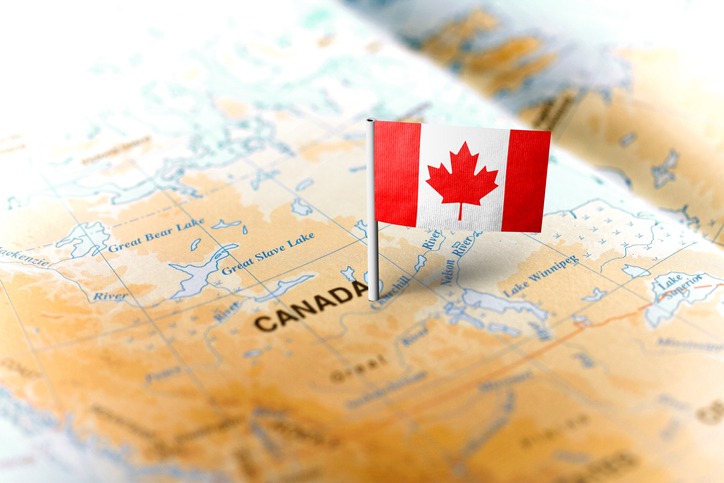10 best PR practices for successfully entering the Canadian market
If you are looking to make inroads with the friendly neighbors to the north of the U.S., consider these tips.

You only have one chance to make a good first impression. This is particularly true when entering a foreign market. Being tone deaf to the culture or ignorant to local sensitivities can put a well-loved brand on the next flight home.
Expanding a business internationally is very costly and risky, and now more than ever, proper planning is vital to launching ventures across borders.
Indeed, communicators can make all the difference between a successful expansion and an unsuccessful one. Over the years, I’ve helped many U.S. and European brands enter the Québec and Canadian markets and have learned the best strategies to help them land smoothly.
Here is a list of 10 best practices I’ve collected along the way:
1. Plan ahead and partner with a local firm. As soon as you decide to expand your business, it’s important to find the right communications partner that will facilitate your entry, connect you with the right people, and inform you about the challenges you may face.
2. Fully acknowledge any differences. Accept that there are differences between where you’re going and where you’ve been and fully engage yourself in identifying how they impact how you conduct business. Do not put your head in the sand thinking challenges will go away; it will backfire for sure.
3. Understand the market. Do your due diligence to understand the market you are trying to enter. Consider: consumer trends, cost of living, culture, politics, etc. Do your research and check your assumptions through surveys or focus groups.
4. Adapt your style. Be ready to change some features of your strategy. What you offer and the way you do it should be adapted to fit local tastes.
5. Manage issues before they’re issues. Don’t shy away from possible problems; identify the issues and deal with them in advance with a joint PR/legal team. Among the most obvious is to be sure you are in compliance with all local laws and regulations.
6. Go the extra mile. Find a way to show your new clientele that you are ready to adapt.
7. Hire local suppliers. This is a concrete way of expressing your support for the local economy and will help you earn positive reviews from local influencers.
8. Partner with local organizations. Find relevant organizations that will help you build bridges between you and your new clientele.
9. Be represented locally. Having a local spokesperson representing your brand helps create a better relationship between you and the consumer. Unless the personality is inseparable from your brand, consumers are less likely to follow an “outsider.”
10. Connect with your core clientele. By organizing activities that reinforce your relationship with your customers, you will create a positive domino effect that will reach larger audiences.
No matter how similar the market looks on the surface, what works at home may not work in a foreign place. While these best practices are tried-and-true when entering Canada, they are also a great starting point when considering any international expansion.
Marie-Josée Gagnon is CEO and Founder of CASACOM, a partner in The Worldcom Public Relations Group.
This article is part of a series presented by Ragan’s PR Daily which features thought leadership from Worldcom Public Relations Group agency partners.







